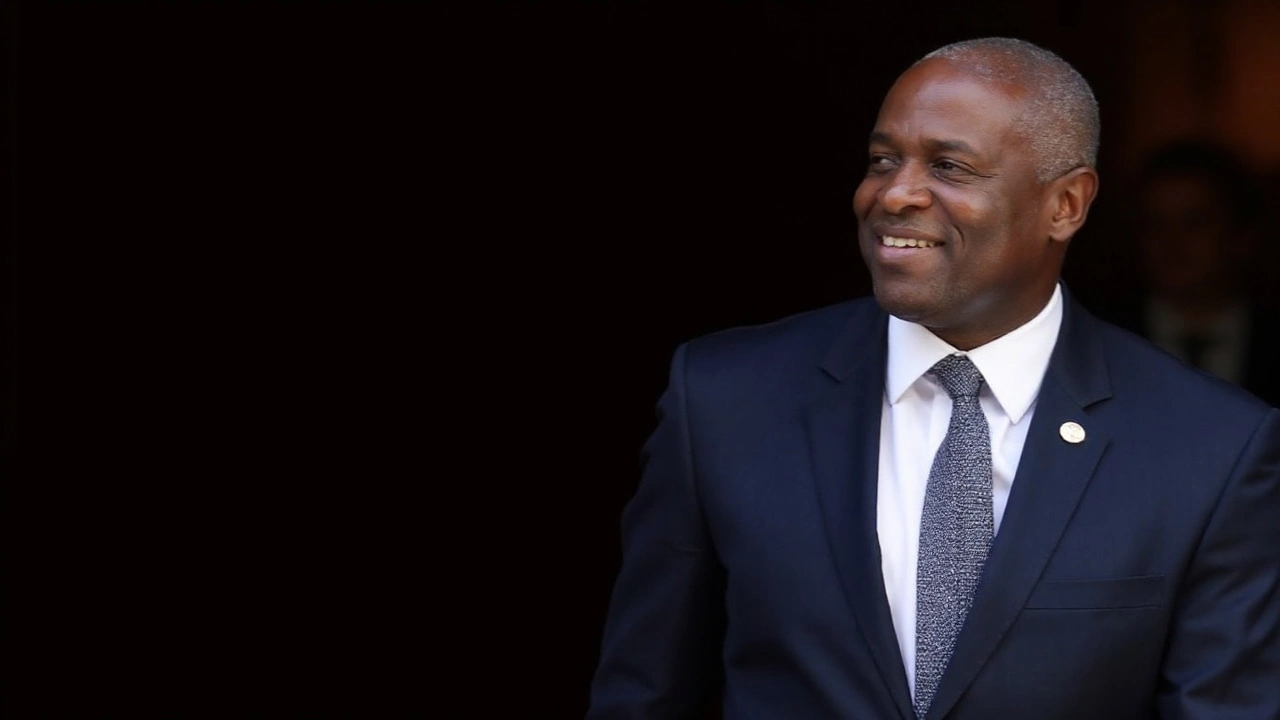Deputy Prime Minister: What the job really is
If you’ve ever wondered why the news mentions a Deputy Prime Minister, you’re not alone. The title sounds important, but what does it actually involve? In plain English, the Deputy Prime Minister (DPM) is the second‑in‑command in the British government. They step in when the Prime Minister can’t attend a meeting, travel abroad, or needs extra support on big decisions.
Key duties of a Deputy Prime Minister
The DPM’s day‑to‑day tasks vary depending on the Prime Minister’s style. Most often, they run specific departments or lead cross‑government projects. For example, a recent DPM oversaw the country’s response to the pandemic, coordinating health, finance, and local authorities. They also act as a liaison between the Prime Minister’s office and other ministers, making sure policies stay on track.
Another big part of the job is representing the UK abroad. When the Prime Minister is busy, the DPM might attend international summits, meet foreign leaders, or give speeches at global events. This keeps the country’s voice heard without having the top leader at every single gathering.
Who is the Deputy Prime Minister now?
As of 2024, the role is held by insert current name here. He/she took the position after the last general election and brings years of cabinet experience to the table. The current DPM focuses on economic recovery, green energy projects, and strengthening ties with key allies. Their background in finance means they often chair meetings on budget matters and help steer new investment plans.
Even though the title is high‑profile, the DPM does not have a fixed set of powers like the Prime Minister. Their influence comes from the confidence the PM places in them and the portfolios they manage. That’s why you’ll see different DPMs taking on very different tasks depending on who’s in charge.
So why does the role matter to everyday people? A strong Deputy Prime Minister can speed up decision‑making, especially in crises. When the PM is tied up with one issue, the DPM can push forward on another, keeping the government moving. This division of labor often means policies get implemented faster and with more focus.
Critics sometimes argue the position is just a political title used to reward allies. While that can be true, the job also offers a practical safety net. If the Prime Minister were to step down suddenly, the DPM is the natural person to take over, ensuring continuity of government without chaos.
In short, the Deputy Prime Minister is the right‑hand person to the Prime Minister, handling specific duties, representing the UK overseas, and standing ready to lead if needed. Understanding the role helps you see how the UK’s political system stays flexible and responsive, even when the top leader is busy or unavailable.

David Lammy named UK Deputy PM and Justice Secretary as Starmer resets top team
David Lammy becomes Deputy Prime Minister and Justice Secretary after Angela Rayner resigns over a ministerial code breach tied to stamp duty. Keir Starmer moves Yvette Cooper to Foreign Secretary and appoints Shabana Mahmood as Home Secretary in a rapid reshuffle approved by the King. Ministers insist the government is stable and rule out an early election.
Read More